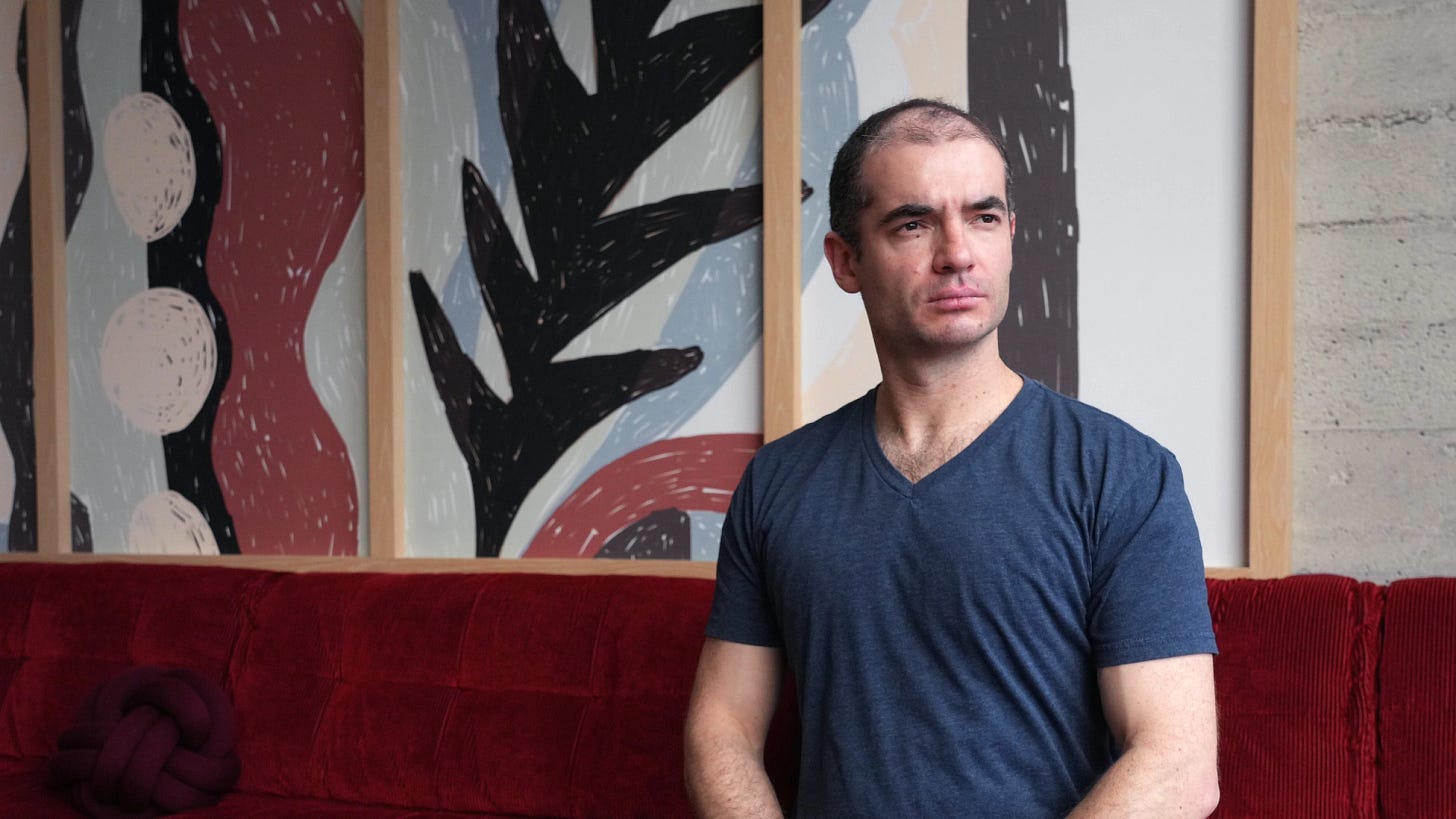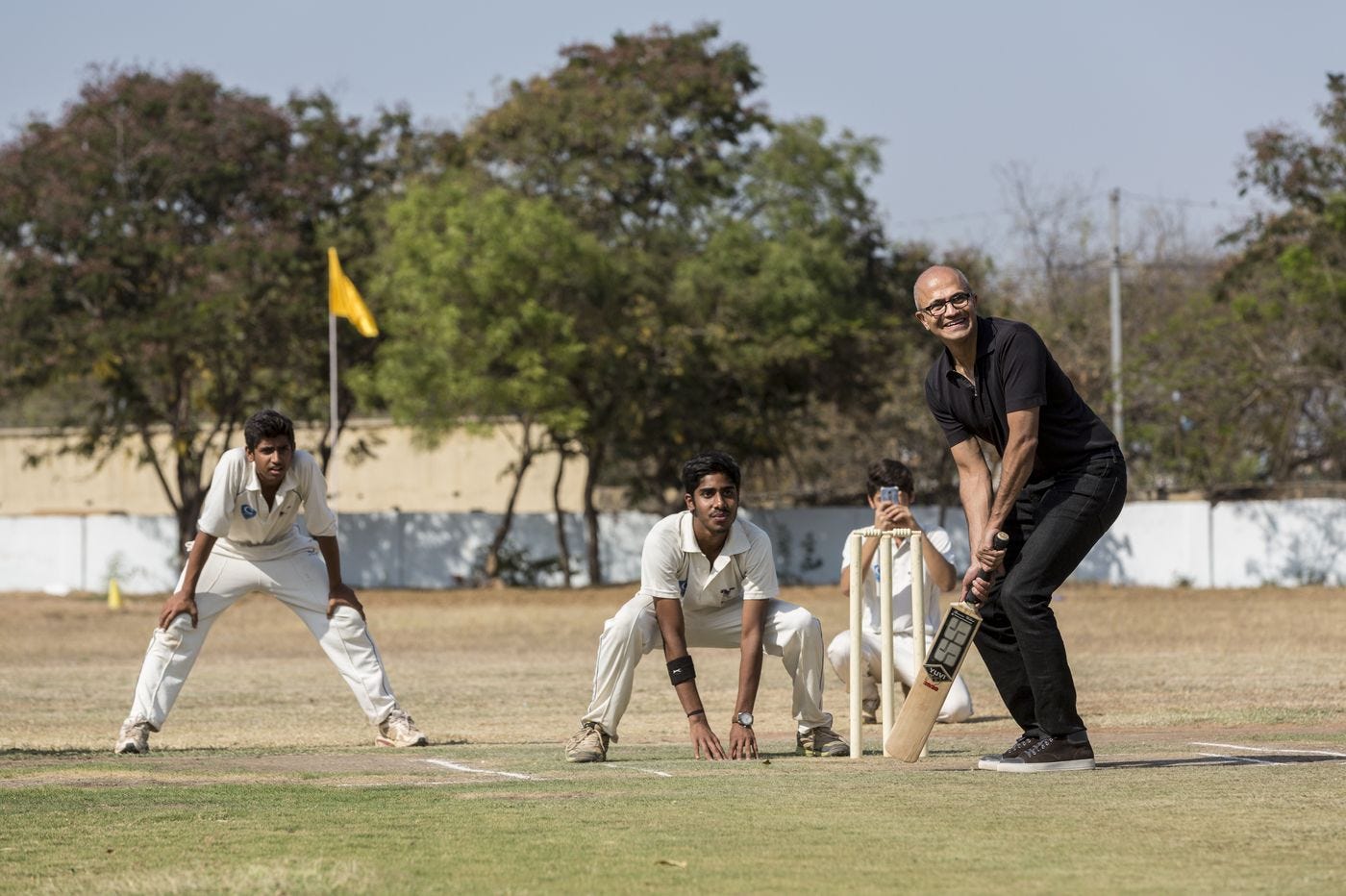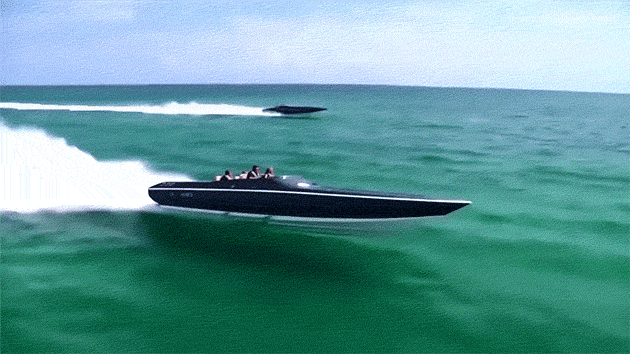The Bigger Picture, November 26, 2023
When the books are written and movies are made, two characters will likely stand out for the unexpected twists that made the chaotic, OpenAI story happen and un-happen. The book ends of this dramatic silicon valley soap opera. Both their names end with ‘ya’, a cosmic statistical coincidence. Ilya Sustkever, a co-founder and chief scientist of OpenAI, and Satya Nadella, the CEO of Microsoft, played the pivotal roles this past weekend to put the OpenAI Humpty Dumpty Sam Altman back together again. They were the end caps that made the resolution of the story possible thus far. That is ‘the Bigger Picture’ this Sunday, as we digest the epochal events this week at OpenAI, and an important blip in the ‘AI Tech Wave’. Let me explain.
As the Atlantic outlines in ‘OpenAI’s Chief Scientist Made a Tragic Miscalculation’,
“Ilya Sutskever, bless his heart. Until recently, to the extent that Sutskever was known at all, it was as a brilliant artificial-intelligence researcher. He was the star student who helped Geoffrey Hinton, one of the “godfathers of AI,” kick off the so-called deep-learning revolution. In 2015, after a short stint at Google, Sutskever co-founded OpenAI and eventually became its chief scientist; so important was he to the company’s success that Elon Musk has taken credit for recruiting him. (Sam Altman once showed me emails between himself and Sutskever suggesting otherwise.)”
“On Thursday night (11/16/23), Sutskever set an extraordinary sequence of events into motion. According to a post on X (formerly Twitter) by Greg Brockman, the former president of OpenAI and the former chair of its board, Sutskever texted Altman that night and asked if the two could talk the following day. Altman logged on to a Google Meet at the appointed time on Friday and quickly learned that he’d been ambushed. Sutskever took on the role of Brutus, informing Altman that he was being fired. Half an hour later, Altman’s ouster was announced in terms so vague that for a few hours, anything from a sex scandal to a massive embezzlement scheme seemed possible.”
The writer of the Atlantic piece, Ross Anderson, then sets up the end-caps of the dramatic soap opera of OpenAI:
“I was surprised by these initial reports. While reporting a feature for The Atlantic last spring, I got to know Sutskever a bit, and he did not strike me as a man especially suited to coups. Altman, in contrast, was built for a knife fight in the technocapitalist mud.”
“By Saturday afternoon, he had the backing of OpenAI’s major investors, including Microsoft, whose CEO, Satya Nadella, was reportedly furious that he’d received almost no notice of his firing. Altman also secured the support of the troops: More than 700 of OpenAI’s 770 employees have now signed a letter threatening to resign if he is not restored as chief executive. On top of these sources of leverage, Altman has an open offer from Nadella to start a new AI-research division at Microsoft. If OpenAI’s board proves obstinate, he can set up shop there and hire nearly every one of his former colleagues.”
To understand the the motivations and actions of the other ‘ya’, Satya, the WSJ’s ‘The Unexpected Winner in the Craziest Week in AI’, is highly recommended. In particular:
“The nuttiest weekend in his nearly 10 years on the job started last Friday, when Nadella learned just minutes before the rest of the world that OpenAI’s board had just ousted Sam Altman, its co-founder and CEO. The company behind ChatGPT had been seeking a valuation at $90 billion. Rarely has one board decision threatened to destroy so much value in so little time.”
“Despite the fact that Microsoft had paid billions for a 49% stake in OpenAI, using its technology to power a new generation of software that it promised could revolutionize work, the startup’s biggest investor didn’t have a board seat. Nadella found out at more or less the same time as everyone else that his investment—one that almost single-handedly catapulted Microsoft to the forefront of the artificial-intelligence revolution—had suddenly gone wrong.”
“But when the board turned on Altman, Altman immediately turned to Nadella. Hours after the boardroom coup last Friday, they were on the phone, discussing how to restore Altman to OpenAI—or join Microsoft. If Altman wasn’t hired back to his place atop OpenAI, the former CEO of the glitziest AI company would become an employee of Microsoft.”
“By the end of the frenetic weekend, Altman had agreed to start a new AI division at the tech giant, so he could keep working with Nadella and take advantage of Microsoft’s access to computing power. Soon it became clear that hundreds of researchers were ready to join Altman at a corporation as sexy as soup. Microsoft prepared to give those engineers everything they needed to continue their work: a floor in LinkedIn’s offices, plentiful cloud-computing resources, Apple laptops. The trillion-dollar company’s employees assured their potential colleagues that they wouldn’t even have to use Microsoft’s workplace-communications app Teams.”
Imagine Microsoft’s only two prior CEOs, Bill Gates and Steve Ballmer, ever approving the user of a competitor’s product or service. That is the deep-level empathy and ability to connect that drove Satya Nadella to make lemonade out of an epic harvest of lemons.
And Satya did all this without missing a beat that weekend for his major love of Cricket:
“Satya Nadella couldn’t help himself. Microsoft’s chief executive was supposed to be singularly focused on saving his prized asset during one of the most chaotic weekends in the history of Silicon Valley. Instead his mind kept drifting to cricket.”
“He couldn’t pay close attention to his native India playing Australia in the Cricket World Cup because he found himself in the middle of another game with more action and a whole lot more at stake. Still, in the midst of frantic negotiating and disaster planning, Nadella kept checking the score and reporting updates about his favorite sport to less fanatical colleagues. His team was in trouble, but there was still hope for his company. “
Both the pieces above are highly recommended to understand how we got here at OpenAI. And where we’re likely headed. From my perspective, Ilya illustrates the bundling of the promise and fears around AI at the ‘Oppenheimer’, scientific creator level. The one who let his fears of the technology he helped create overwhelm for some moments the possible promise that may be ahead.
Satya dashingly illustrates the empathetic, non-corporate way to field the resources of one of the world’s largest tech corporations, a tech and AI ‘Magnificent 7’ no less. He turned an aircraft carrier around that weekend with the deftness of a cigarette boat in a life and death chase across perilous waters.
I’ll have a lot more on the tactics and strategies ahead for these two companies and AI in particular in future posts. For now this Sunday, the coincidentally capping stories of Ilya and Satya, struck me as the ones to best understand where we are and may be going with OpenAI. Stay tuned.
(NOTE: The discussions here are for information purposes only, and not meant as investment advice at any time. Thanks for joining us here)









